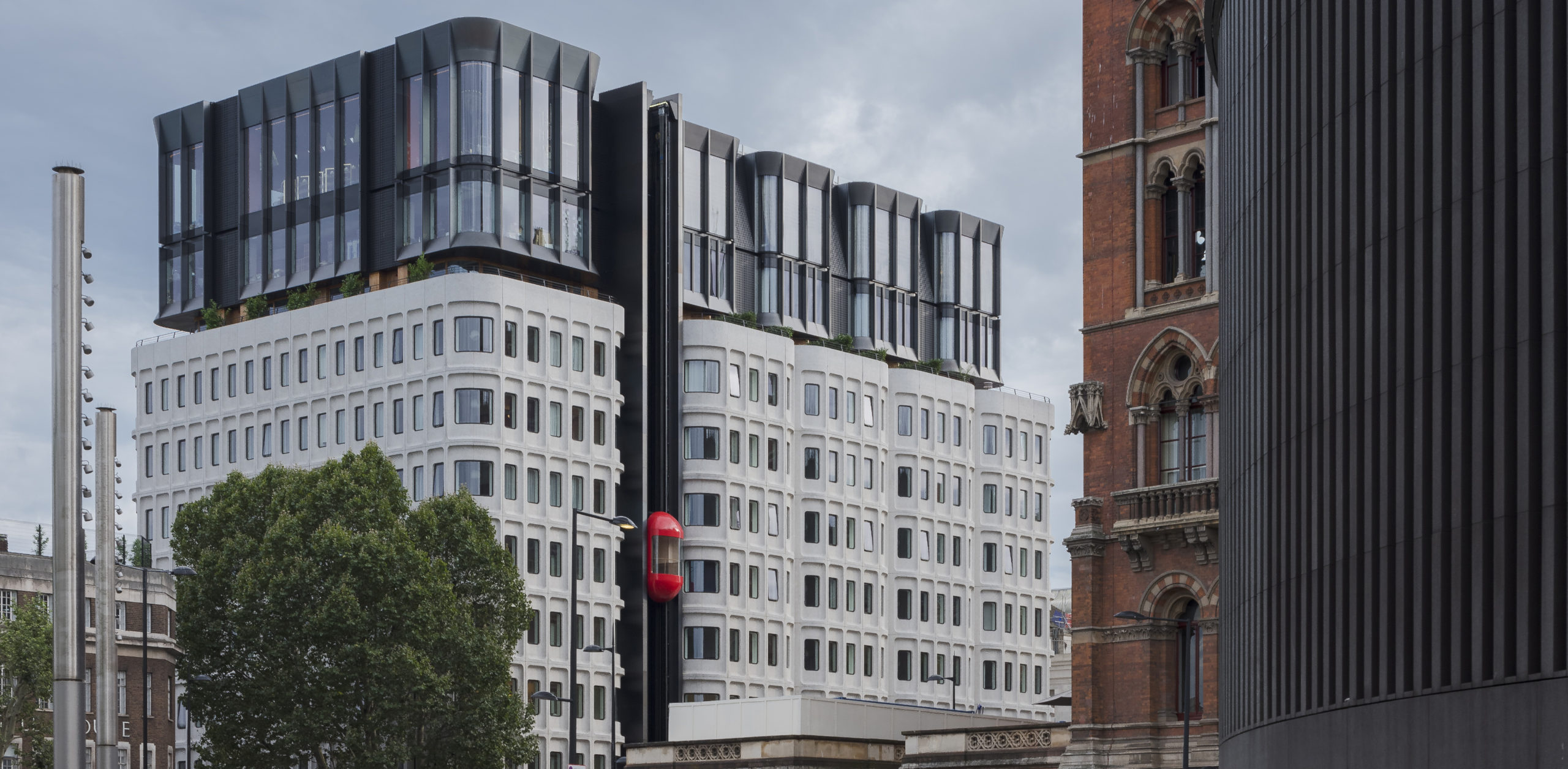The latest edition of “Architizer: The World’s Best Architecture” — a stunning, hardbound book celebrating the most inspiring contemporary architecture from around the globe — is now available. Order your copy today.
Bridges are revolutionary inventions that change our way of travelling. Primarily, they are extensions of roads and railways, connecting areas separated by water bodies or valleys. Centuries of development in structural engineering has given society the freedom to choose from a range of forms and materials to build bridges on sites with various geological conditions. We are therefore able to expand our habitats and boost interregional development.
While bridges significantly improve our mobility, architects are now pushing the functional limit of bridges beyond transportation infrastructure. Explore with this collection of seven bridge designs that defy functional categorization. These bridges are not only structures to walk on but are also public places to stay and enjoy.
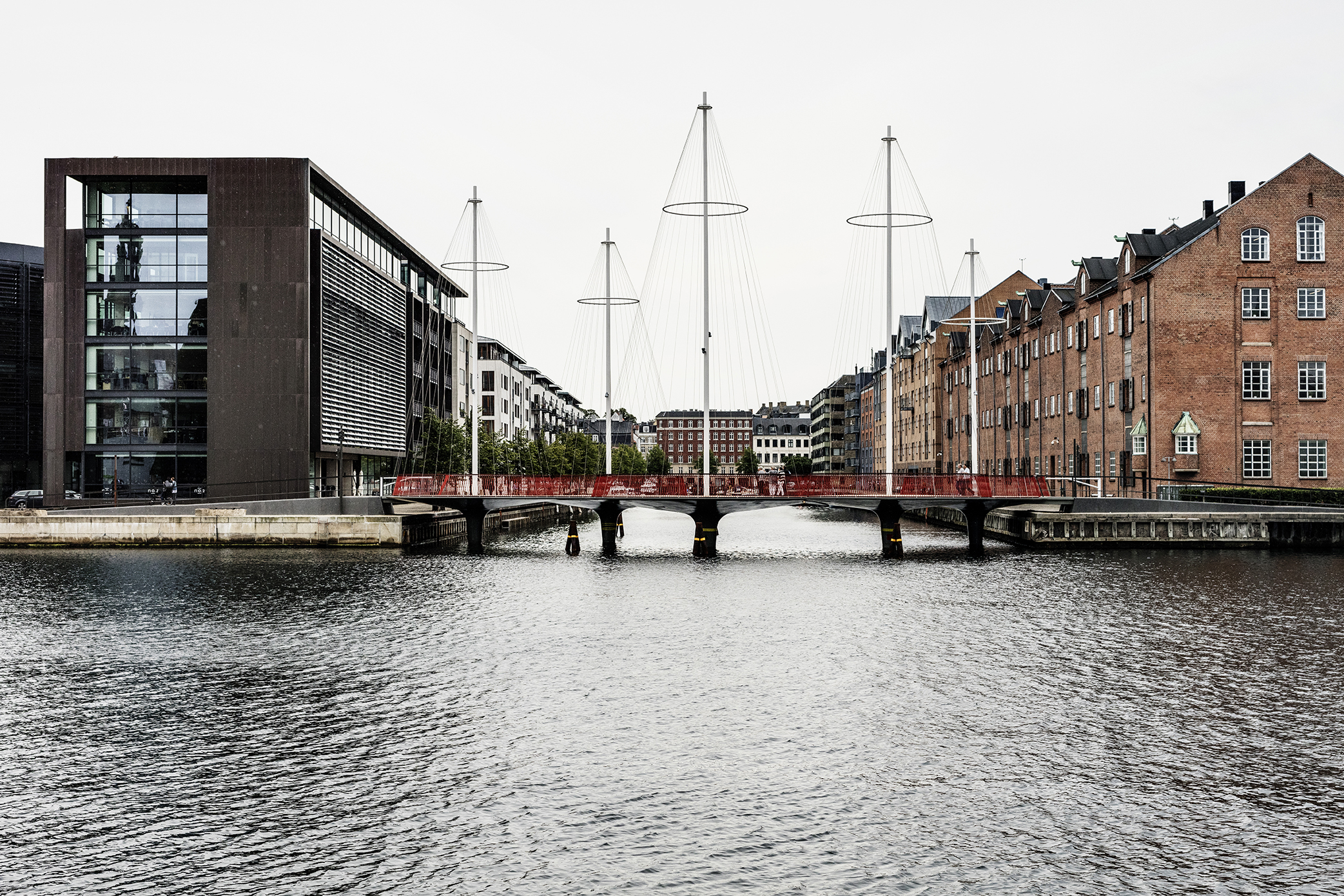
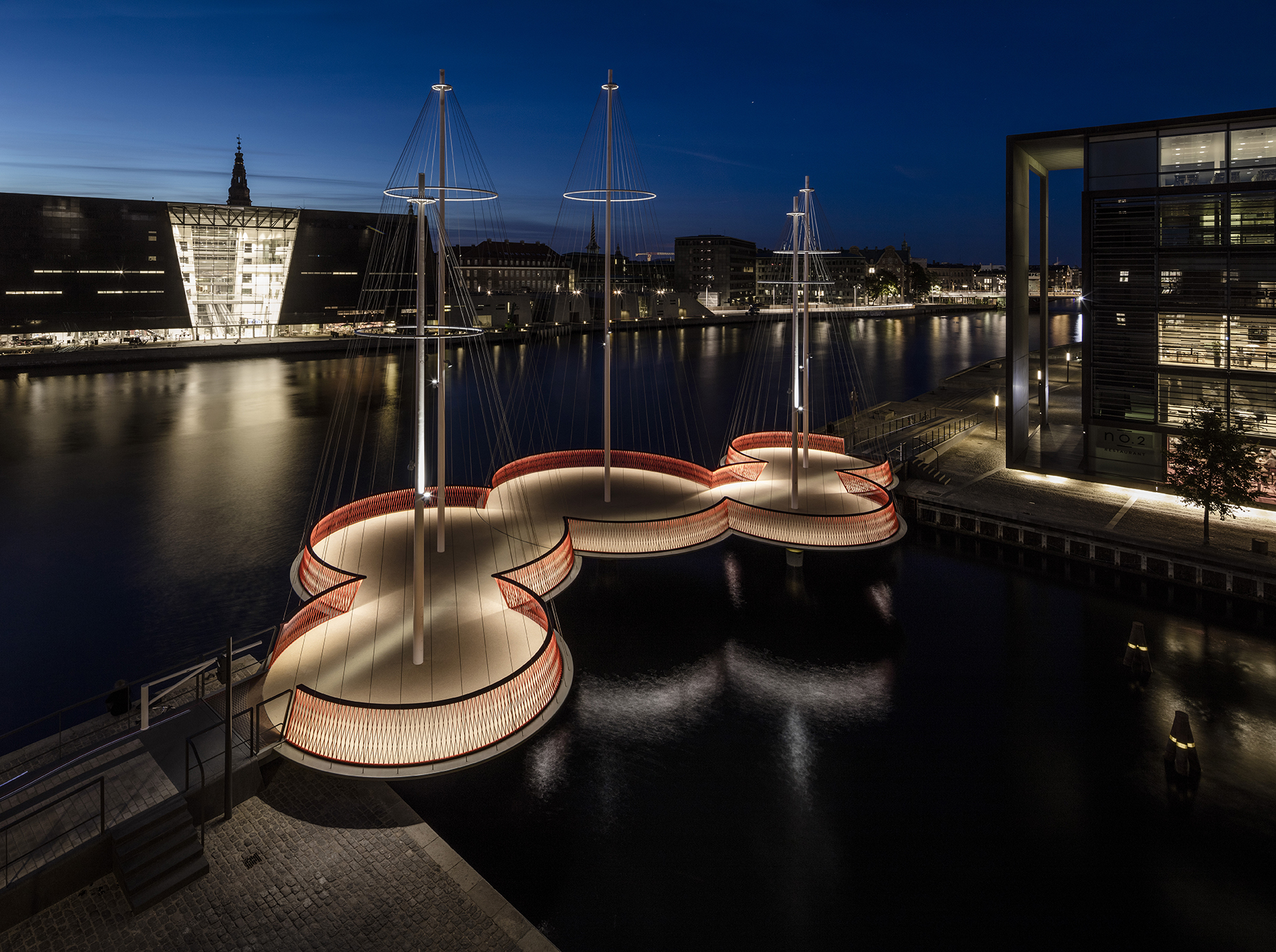 Cirkelbroen by Studio Olafur Eliasson, Copenhagen, Denmark
Cirkelbroen by Studio Olafur Eliasson, Copenhagen, Denmark
Cirkelbroen is a testimony to Copenhagen’s prosperous maritime history. The five interconnected circular platforms are inspired by the boats moored one next to each other in the harbor, where the boats themselves form a floating “bridge” that you can cross the harbor.
Denmark’s tradition of being inclusive to new people, ideas, and encounters is also incorporated in the design. The artist Olafur Eliasson intentionally arranged the five platforms in a non-linear way to prolong the circulation. People are therefore inspired to use Cirkelbroen as a meeting place when their speed is reduced by the zigzagged path.
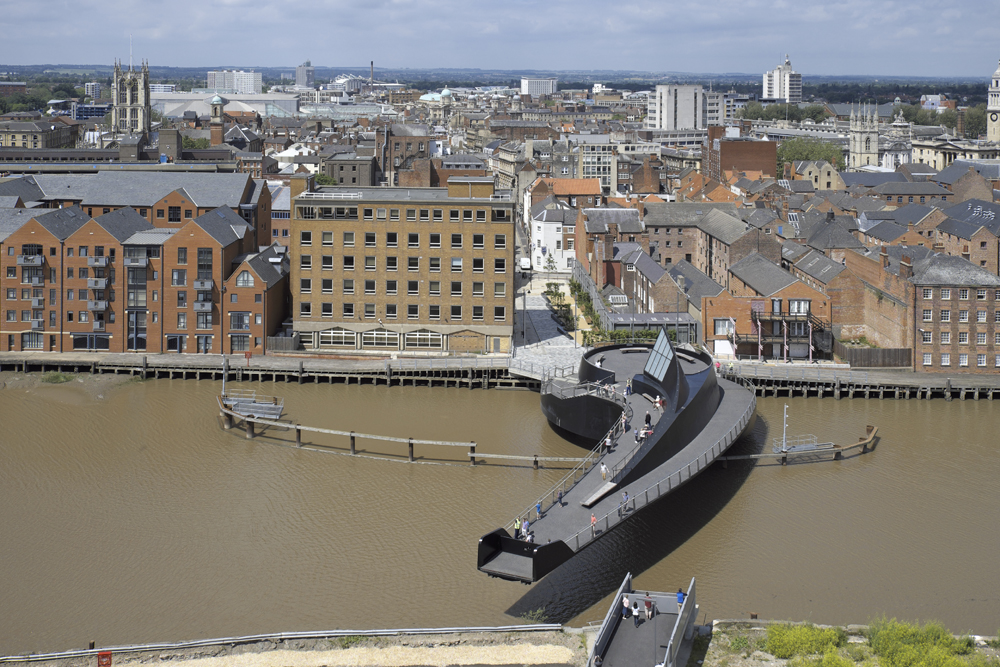
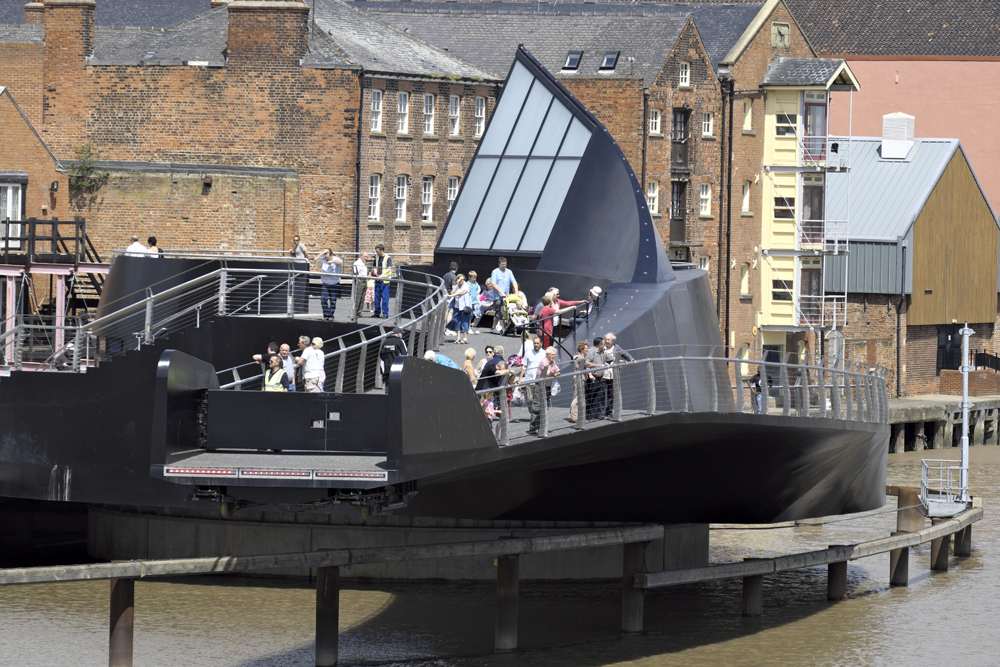 Scale Lane Bridge by Benedetti Architects, Hull, United Kingdom
Scale Lane Bridge by Benedetti Architects, Hull, United Kingdom
Located over the Hull River, Scale Lane Bridge is a swing bridge that opens and closes as large boats pass by. The bridge connects Hull’s historic old town on the west bank and the undeveloped industrial land on the east bank, promoting regeneration on the latter.
The bridge is hinged next to the west bank and cantilevers 35 meters over the water. Seating areas along the central spine allows people to slow down and enjoy the riverscape. Visually, the black steel and curving form refers to Hull’s industrial and maritime background. Seamless steel balustrades on the elevated viewing platform evoke a feeling of standing on a boat’s deck.
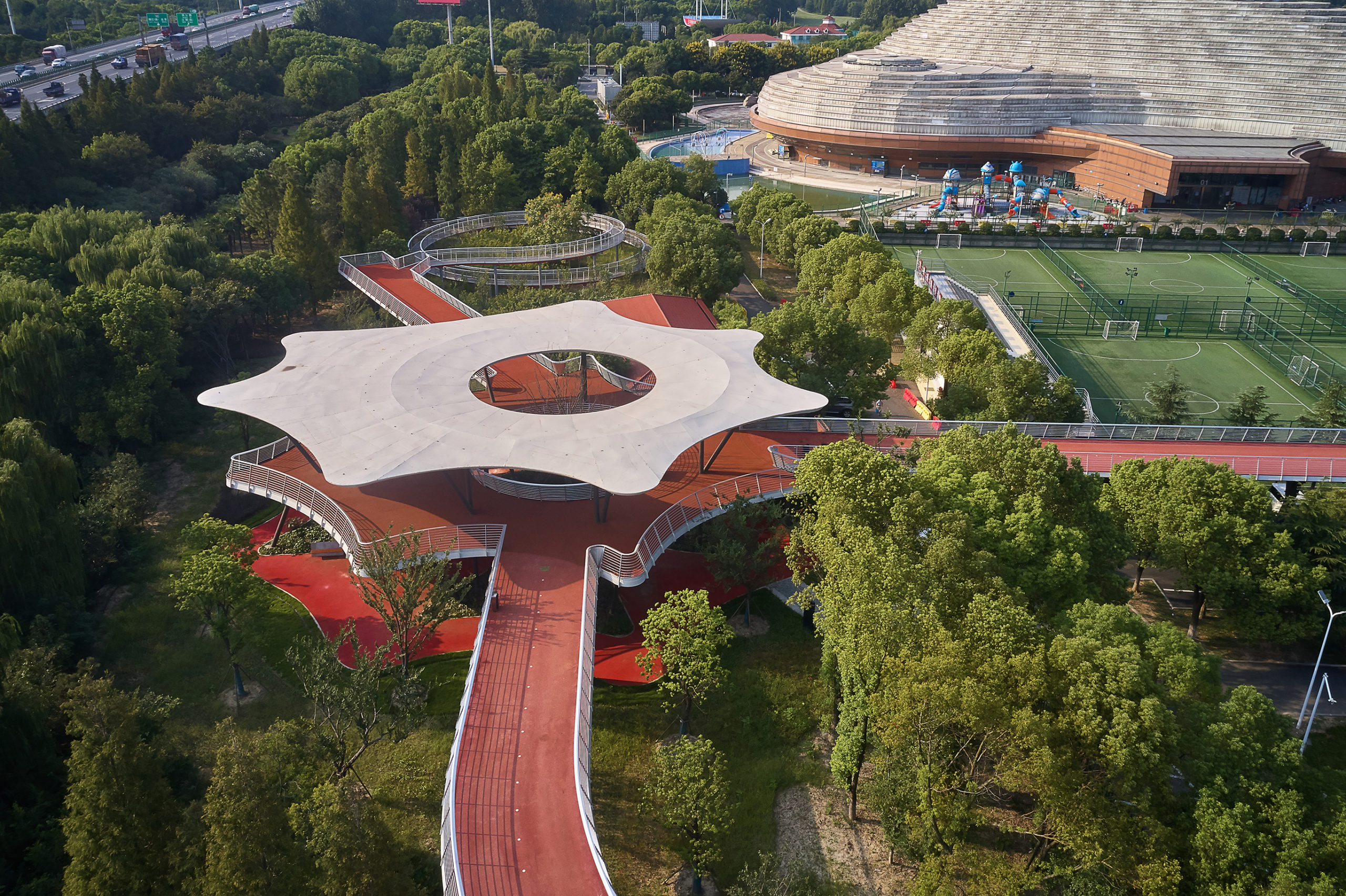
 Jiangyin Greenway by Brearley Architects and Urbanists, Jiangyin, Jiangsu, China
Jiangyin Greenway by Brearley Architects and Urbanists, Jiangyin, Jiangsu, China
Jiangyin Greenway aims to create urban enjoyment and meaningful places in the city of Jiangyin. The whole infrastructure is a scaled model of the Yangtze River, whose tributaries nourish many cities like Jiangyin. To celebrate the relationship between the Yangtze River and its human residents, plazas and balconies scattered along the greenway is placed correspondently to the cities along the Yangtze River and its tributaries, with information boards provided at each location to educate people about the river’s history. The greenway is elevated from the ground to make the city better connected without disrupting ground traffics.
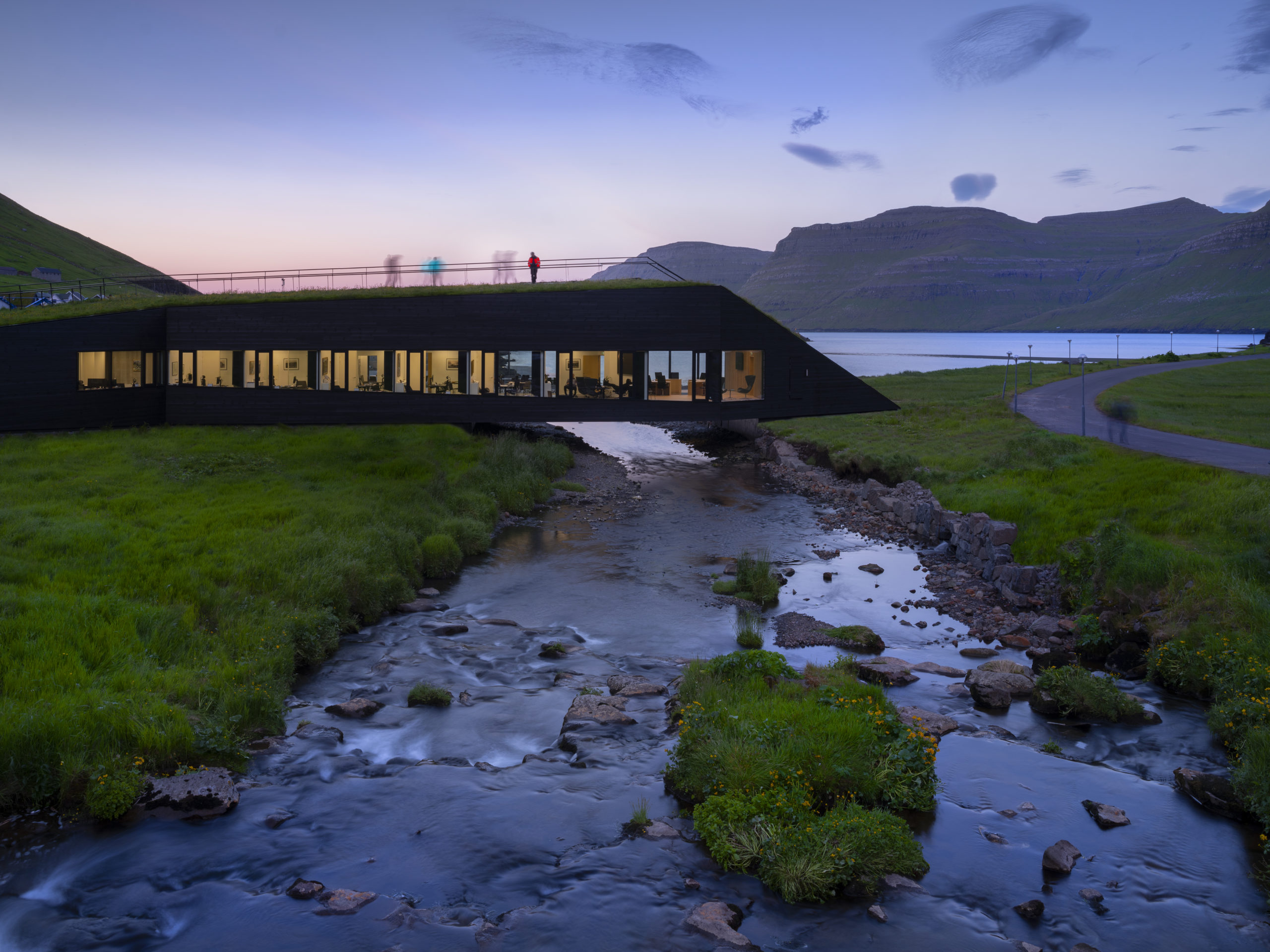
 Town Hall Eysturkommuna by Henning Larsen, Faroe Islands
Town Hall Eysturkommuna by Henning Larsen, Faroe Islands
This town hall is suspended over the river in the village of Norðragøta, literally and figuratively bridging two municipalities that used to be separated by the river. The 750-square-meter green roof on top of the town hall can be used for crossing the river. Meanwhile, it is also a new public space for people from the local community to gather and enjoy a picnic, a swim in the river or simply the fantastic view of the natural landscape.
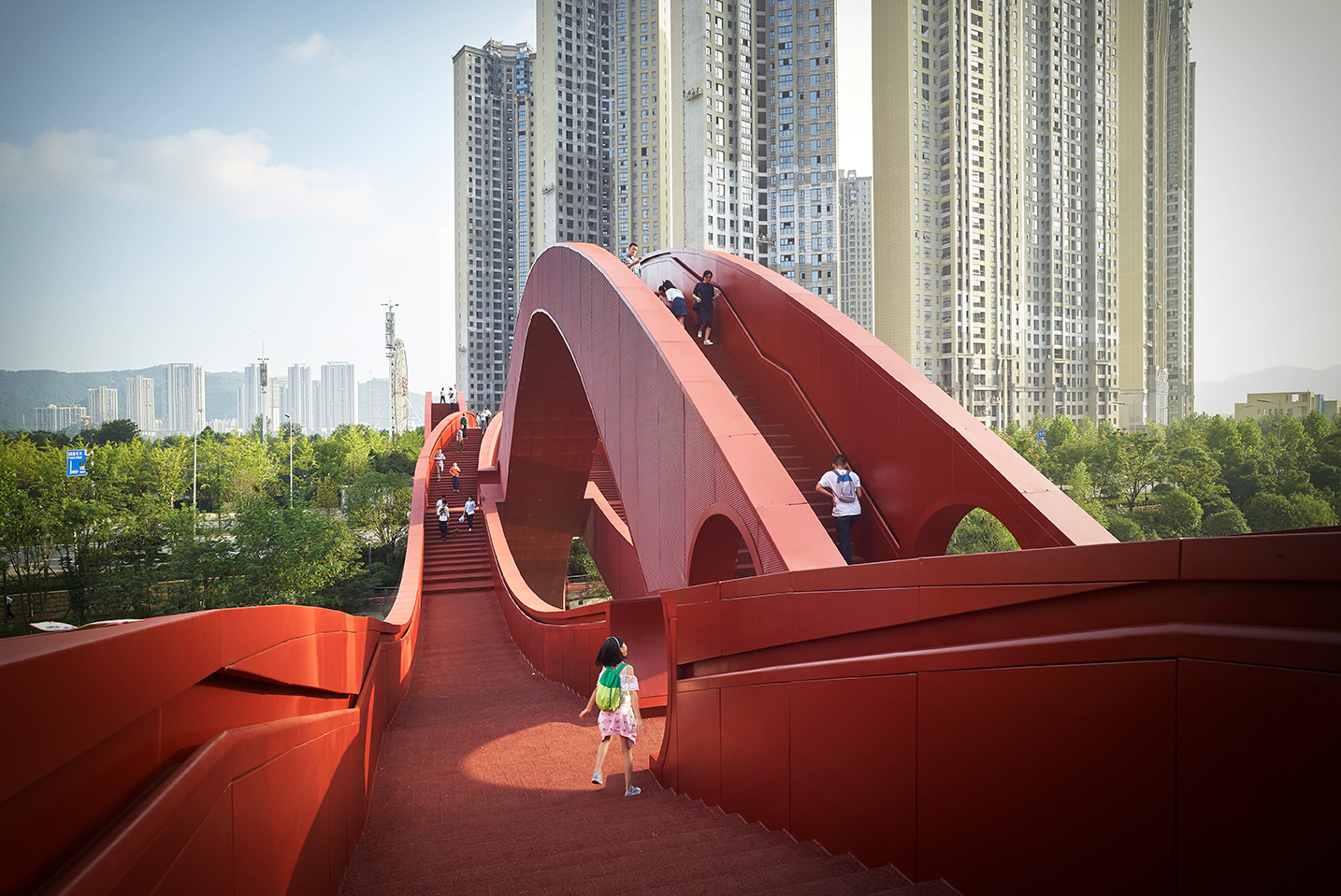
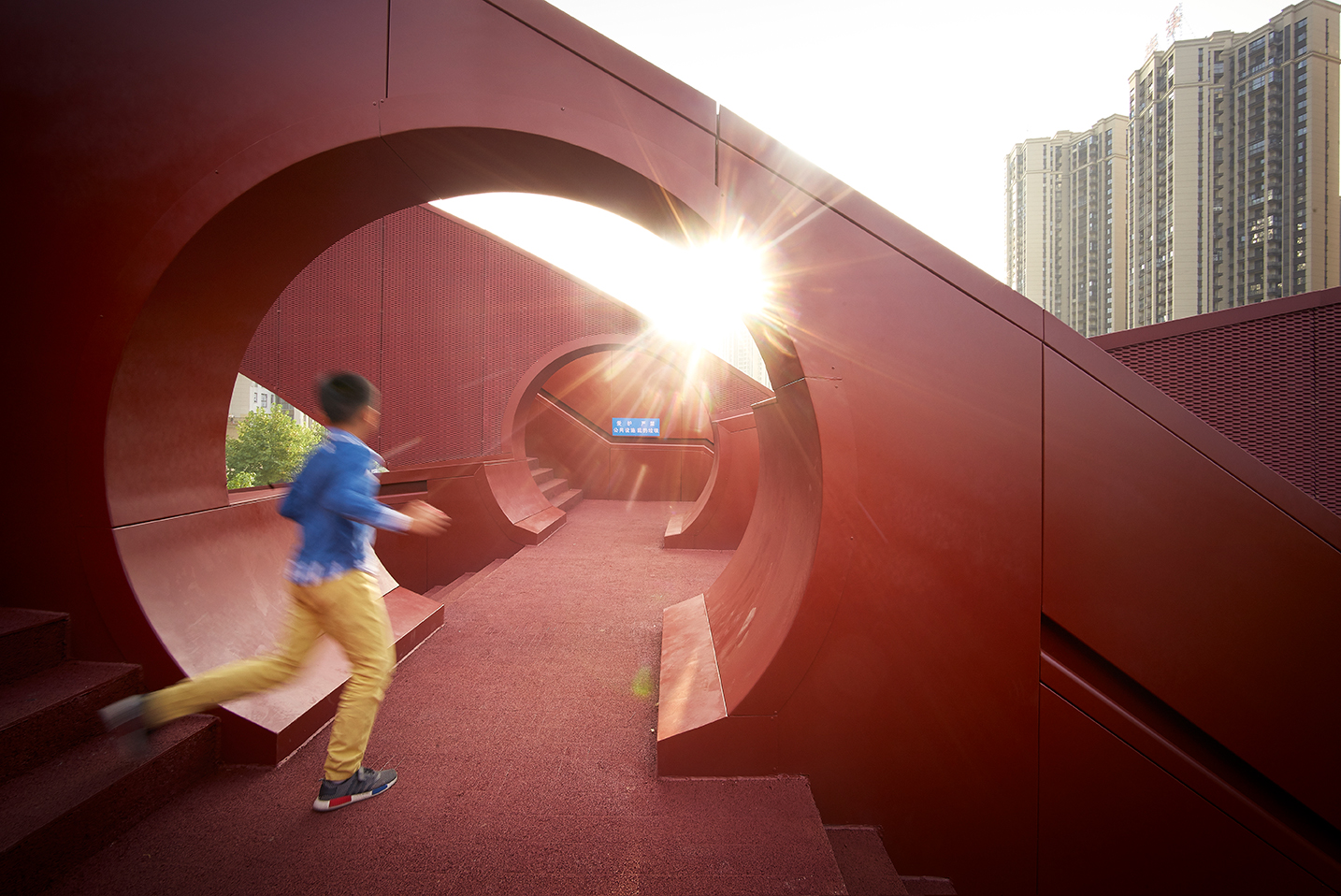 Lucky Knot by NEXT architects, Changsha, Hunan, China
Lucky Knot by NEXT architects, Changsha, Hunan, China
Lucky Knot is a bridge designed not only as a public space that is recreational and ecological, but also a touristic attraction with iconic form and views. The bridge has multiple routes that connect different levels, including river banks at the lower level, roads at the middle level and a park at the higher level. Different routes are “knotted” together by horizontal paths. The red, wavy form resembles traditional Chinese knotting arts that symbolize luck and prosperity. The bridge provides spectacular views to its rich contexts – the riverscape, cityscape, Meixi Lake and surrounding mountains.

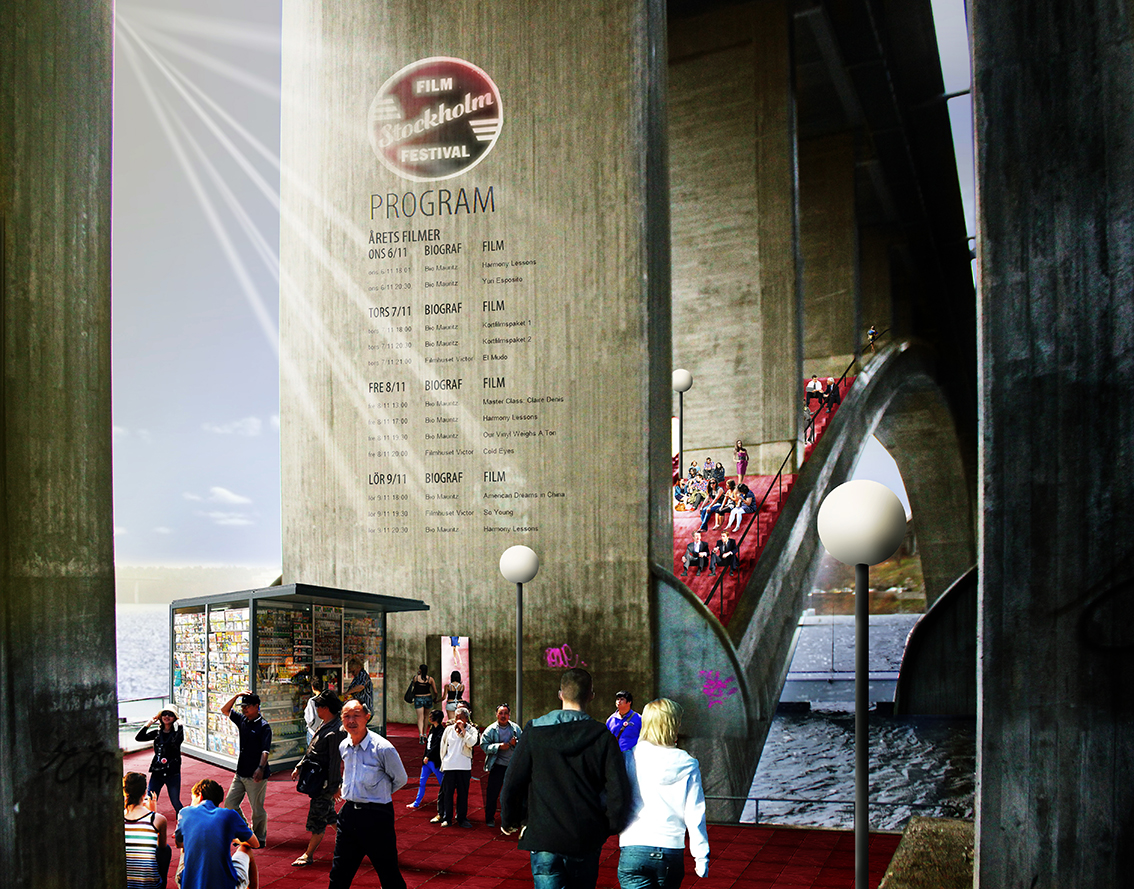 Under the Bridge by visiondivision, Concept
Under the Bridge by visiondivision, Concept
This concept design by visiondivision adapts the vault of an existing concrete bridge, Tranebergsbron, in Stockholm, as a pedestrian walkway as well as a public space. The walkway on the concrete vault of the primarily car-only bridge largely reduces the time required to walk from the city center to its suburbs, making the islands of Stockholm better connected.
The bottom of the supporting columns — between the vault and the bridge’s surface — is designed to provide a naturally sheltered path for people to walk on. Meanwhile, the proposal added a horizontal extension to the top part to continue the route. With balustrades for safety added, the proposal also suggests possible uses of the under-bridge space as a site for public events such as art exhibitions and film screenings.
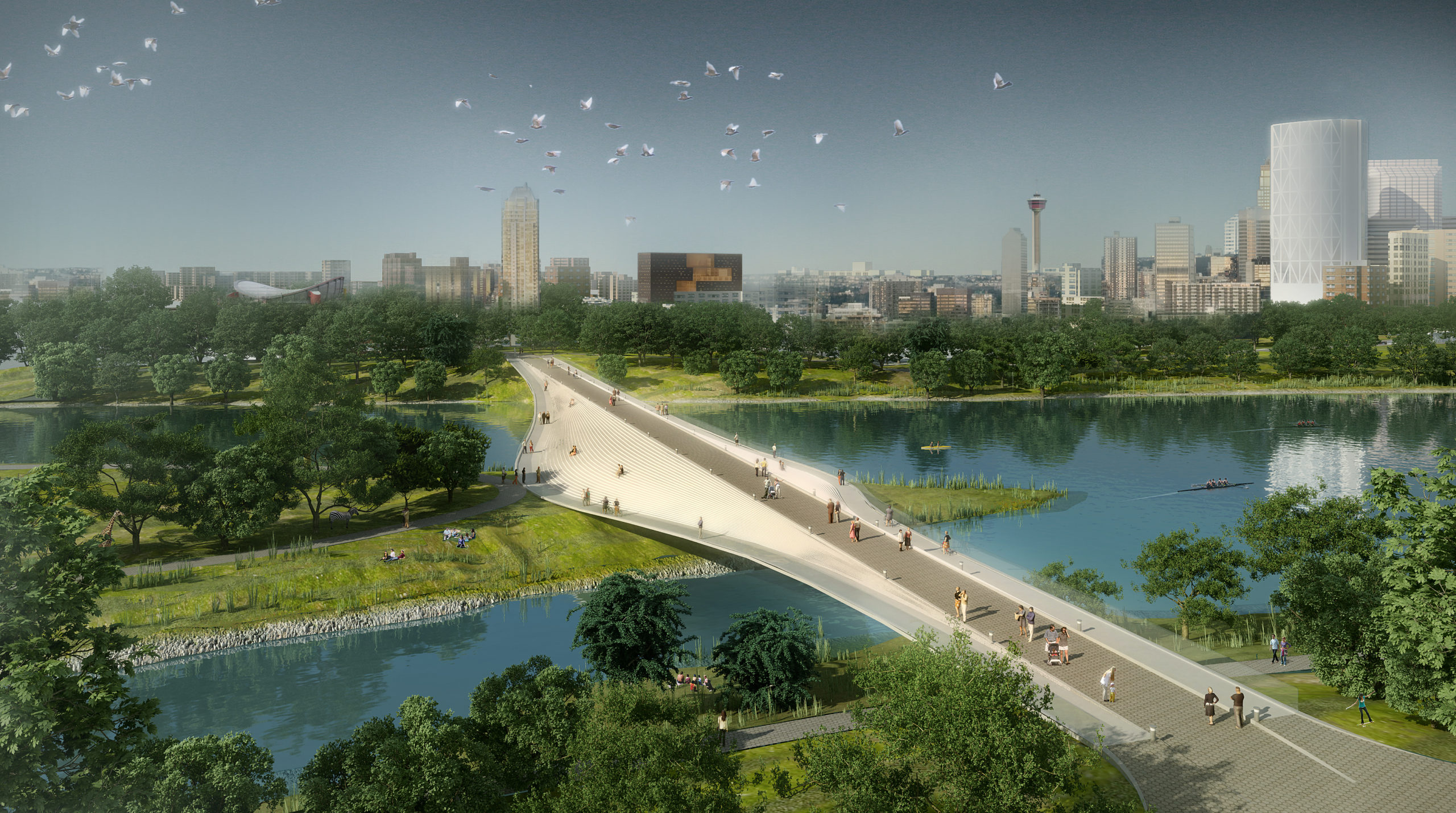
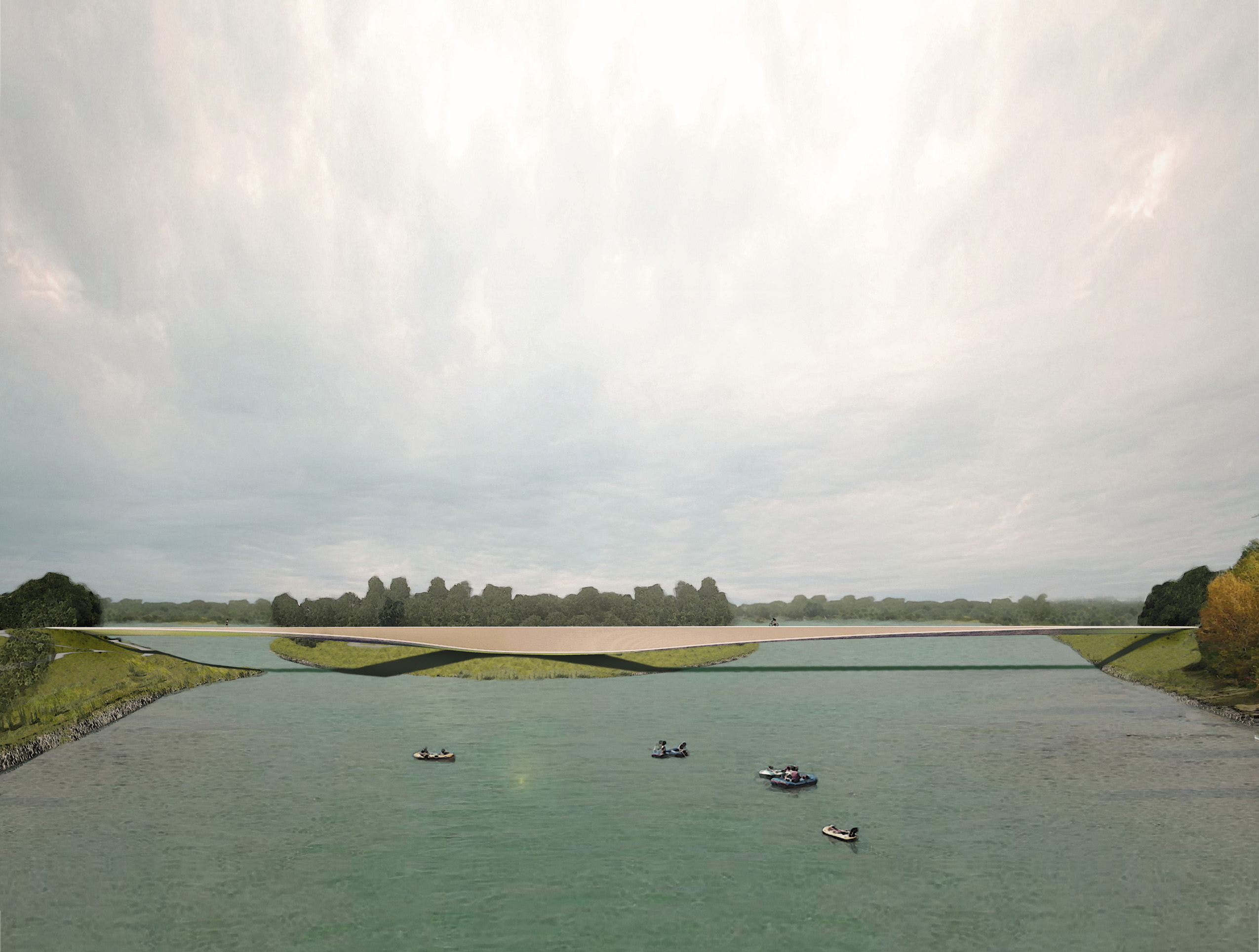 Glide Bridge by SPF:architects, Concept
Glide Bridge by SPF:architects, Concept
The Glide Bridge connects the north and south banks of the Bow River, with a soft landing onto the mid-river St Patrick’s Island. SPF:architects proposed a simplistic yet organic shape, which is inspired by the flow of fluid around a solid object. In this case, the flow is from one side of the river to another, and the object is the point where the bridge and St Patrick’s Island meet. The resulting staircases that look like wings stretching out from the bridge’s spine provide access to the island. They also become part of the landscape that can be enjoyed together with the riverscape.
The latest edition of “Architizer: The World’s Best Architecture” — a stunning, hardbound book celebrating the most inspiring contemporary architecture from around the globe — is now available. Order your copy today.






 Cirkelbroen
Cirkelbroen  Glide Bridge
Glide Bridge  Jiangyin Greenway - Weaving and Stitching
Jiangyin Greenway - Weaving and Stitching  Lucky Knot
Lucky Knot  Scale Lane Bridge
Scale Lane Bridge  Town Hall Eysturkommuna
Town Hall Eysturkommuna  Under the Bridge
Under the Bridge 
